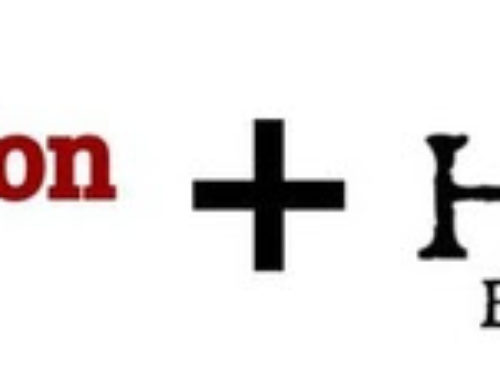I know what you’re thinking, the name Hapa’s Brewing Company implies a devilishly good looking founder, and you would be correct. You might also be thinking that the name implies something concerning the brewing of beer, and again you would be correct. Hapa’s Brewing Company is devoted to the art and craft of brewing beer. However, we are also equally devoted to the creation of delicious food to enjoy with that beer.
Thus far the subject matter of our blogs has been focused on food. Well it’s time to get back to our roots and talk about beer. If you’re like me, you made the natural assumption that beer is created by collecting the tears of leprechauns and adding a dash of witchcraft. This is surprisingly far from the truth. The process of making beer combines equal parts science (biology and chemistry) and culinary arts.
How then does one make beer? We begin the process here:

Here is a barley field. It turns out the beer is made from barley and not the sweet delicious tears of leprechauns. After the barley is harvested is it soaked in water, dried, and allowed to germinate. Once the seeds have begun to sprout, the germination process is cut short by baking the barley. During the germinations process enzymes are triggered that will convert the starches in the seeds into simpler sugars. It is these sugars that will be fermented during the brewing process.
The next phase in brewing is to extract those sugars. This process is called mashing. During the mash the ground malted barley is soaked in hot water. The hot water activates the enzymes in the grain which after some blah, blah, blah, science, science, science convert the starches into sugar.
Mash tun
The hot sugary water is then separated from the grain in a process called lautering. At this point the water is called wort (pronounced wert). The wort must now be boiled. The boiling of wort accomplished several things. First, the hot temperature of the boil will sterilize the sugary solution we have created (a perfect environment for microorganisms). Secondly, the boiling process will cause the natural proteins in the grain to coagulate allowing them to later settle out. Thirdly, we will be adding hops during the boil. Hop oils only become soluble at high temperatures which is necessary to impart the bitter flavor that we enjoy in beer.

Hops
After the boil, the hot wort must then be chilled before yeast can be added. When you think of fungi, you don’t necessarily think of an organism that is very particular about where it lives. However, yeast is very picky about where it thrives and perpetuates and will only flourish at certain temperatures. Wort right after the boil is too hot.
The process of adding yeast is called pitching the yeast and is the next step in brewing beer. Yeast is an interesting organism in that it can respire both with oxygen (aerobic) and without (anaerobic). When yeast is exposed to an oxygen deprived environment it is able to produce energy by converting sugar into carbon dioxide and ethanol (a.k.a. fire water); a process called fermentation. Yeast may be a microscopic organism, but it truly does a lot of the heavy lifting in the brewing process.

Yeast cells
The fermentation process takes approximately two weeks. Eventually yeast cells will clump together in a process known as flocculation. These clumps fall to the bottom of the fermentation tank allowing us to siphon off our freshly made beer. The beer must then be bottle or kegged and carbonated. Beer can be naturally carbonated by adding a small amount of sugar and sealing the beer in a bottle. The residual yeast will ferment this sugar creating carbon dioxide which will dissolve in the bottle beer. Likewise, we can artificially carbonate beer by sealing it in a keg and pumping in pressurized carbon dioxide thereby dissolving the gas into the beer.
The last step in brewing is everyone’s favorite:

Homebrewing is a fun and ultimately rewarding hobby. It is also easy enough for anyone to do. Check out the complete homebrewing kit in our “Featured Products” section in the right hand navigation. Happy brewing!

